A Shortcut to Shortcake: Tips for Growing Strawberries
Strawberries are the stuff of fluff (a one-bowl dessert with berries and whipped cream). They’re also the stuff of high-rise pies, cobblers, crisps … and legends.
In fact, if you’ve ever tried to ply your sweetheart with a chocolate-covered strawberry, you have Native American origin stories and Roman mythology to thank. Those tales are how the heart-shaped fruit — a member of the rose family — first became associated with relationships, love, and even passion.
For the Cherokee people of North America, strawberries originated with the Sun sending them to Earth so the first man could get out of a rough patch with his unhappy wife. The sweet fruit, in that case, represented unity.
Leave it to the ancient Romans to add a little more romance to the equation.
They said that when the goddess Venus mourned the death of her lover, Adonis, her tear drops turned to strawberries as they landed on the ground.
While in real life strawberries are not heaven-sent (and, like baseball, there’s no crying in gardening), they are beginner friendly. The only fruit with their seeds on the outside, strawberries grow easily and quickly in the ground, raised beds, or containers, and can even produce fruit in the first year.
There’s no need for special tools: A trowel, hand cultivator, and watering can are usually all it takes. That said, avoid overwatering —no one wants root or fruit rot — and make sure your plants get six to eight hours of direct sunlight daily.
With only a small amount of care, in fact, strawberries can be your jam in no time.
In the zone
In the U.S., strawberries generally grow best in USDA Zones 5 to 8 for two key reasons.
- Mild temperatures: Warm but not stifling summers encourage fruit production.
- Sufficient winter chill: Strawberries require at least 40 to 80 hours below 45°F — also known as a dormancy period — to ensure a healthy and productive harvest. The cold snap triggers physiological changes, including bud development. It also promotes the production of sugar, which is nature’s antifreeze — protecting the plant cells during winter — and energy source, helping the plant grow when warmer weather returns.
Zones 7 and 8 offer near-ideal conditions for growing strawberries and the longest harvest. In Zones 5 and 6, plants may require a bit more care over the winter (though cold-hardy varieties should do well without too much additional attention). Cover the plants to avoid damage from early spring frosts.
Outside Zones 5 through 8? You’re not out of luck. You can still grow strawberries successfully, though it takes a few tweaks here and there, and selecting the right variety is imperative:
- Choose very cold-hardy plants if you’re gardening in Zones 3 and 4. And be sure to add extra cold protection, either with heavy mulch or row covers.
- If you’re in the hotter Zones 9 and 10, you can try planting in cooler fall months and providing shade during the hottest part of the day. Everbearing varieties that fruit throughout the season may be a practical choice.
Which way to grow?

For gardeners with limited space or who want to just give strawberry-growing a try, containers — strawberry tubs, towers, and terra cotta pocket pots — are a good option.
Choose a pot that will allow enough space for root growth and fruit production. Wide and shallow are better than deep and narrow. An ideal pot will be 12 to 14 inches in diameter and at least 8-inches deep and have holes in the bottom for drainage. Clay pots breathe well but can dry out faster. Plastic pots are better at retaining moisture but that makes overwatering a bigger problem. Either way, water regularly, especially when it’s hot outside, and keep the soil consistently moist.
Plant strawberries at the same depth they were growing in their nursery pot, 8 to 12 inches apart in a well-draining potting mix specifically formulated for strawberries or vegetables.
Ready to go bigger? Strawberries grown in the ground or a raised bed require less frequent watering and can easily access nutrients from the soil. They also have more room for root development, potentially leading to larger plants and higher production. Established ground plants are generally more winter-hardy than their container-grown counterparts.
Pest alert
Despite their adaptable, easy-growing nature, however, strawberries can be prone to pests and diseases. By regularly inspecting your plants, you can intervene quickly and avoid a major problem.
Be on the lookout for:
- Aphids: Tiny, soft-bodied insects that stunt plant growth and can transmit diseases.
- Tarnished plant bugs: Small, greenish-brown bugs can stunt developing flower buds and fruits.
- Strawberry weevils: The adult weevils lay eggs inside flower buds, and the larvae feed on the developing fruit, making it inedible.
- Slugs and snails: These slimy creatures munch on leaves and fruits.
- Spider mites: If you notice the leaves look stippled and bronzed, tiny spider mites are probably at work.
- Fungal disease: Strawberries can be susceptible to powdery mildew (which leaves a white, powdery coating on the leaves, reducing photosynthesis and fruit production); gray mold (more often a problem in cool, damp weather, causing fruit to rot); and verticillium wilt (which causes the leaves to turn brown and wilt, eventually killing the plant).
Fortunately, there are a lot of organic products on the market to help you tackle these issues. There’s no sure-fire method for keeping wild birds from pecking off a berry or two, however.
Growing strawberries is fun and fast. And picking berries from your own backyard can be a real shortcut to shortcake. And if it’s true that the way to another person’s heart is through their stomach, well, you know where things can go from there.





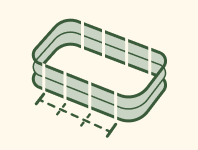
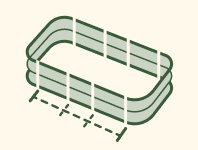

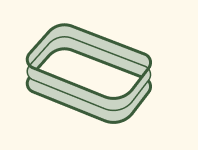






















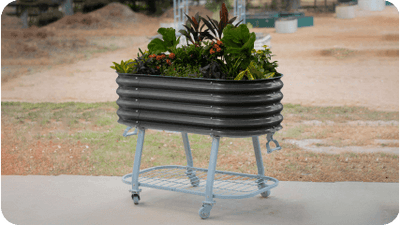








































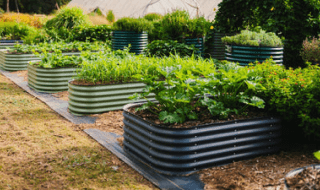

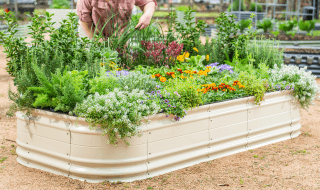
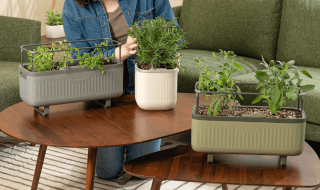
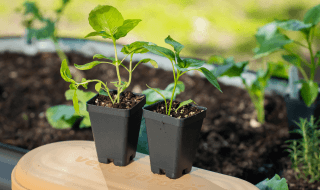
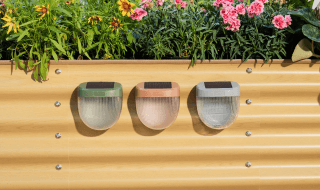
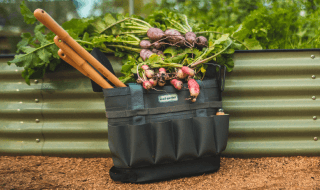
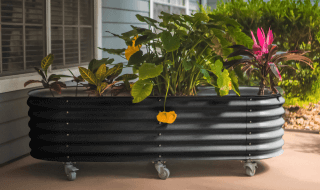







I have just purchased several large raised METAL beds for strawberry growing. There was no advice given for winter survival when growing ‘above’ ground, which I assume would be different than direct in-ground raised bed crops.
Alot of info I never knew and very interesting
Leave a comment